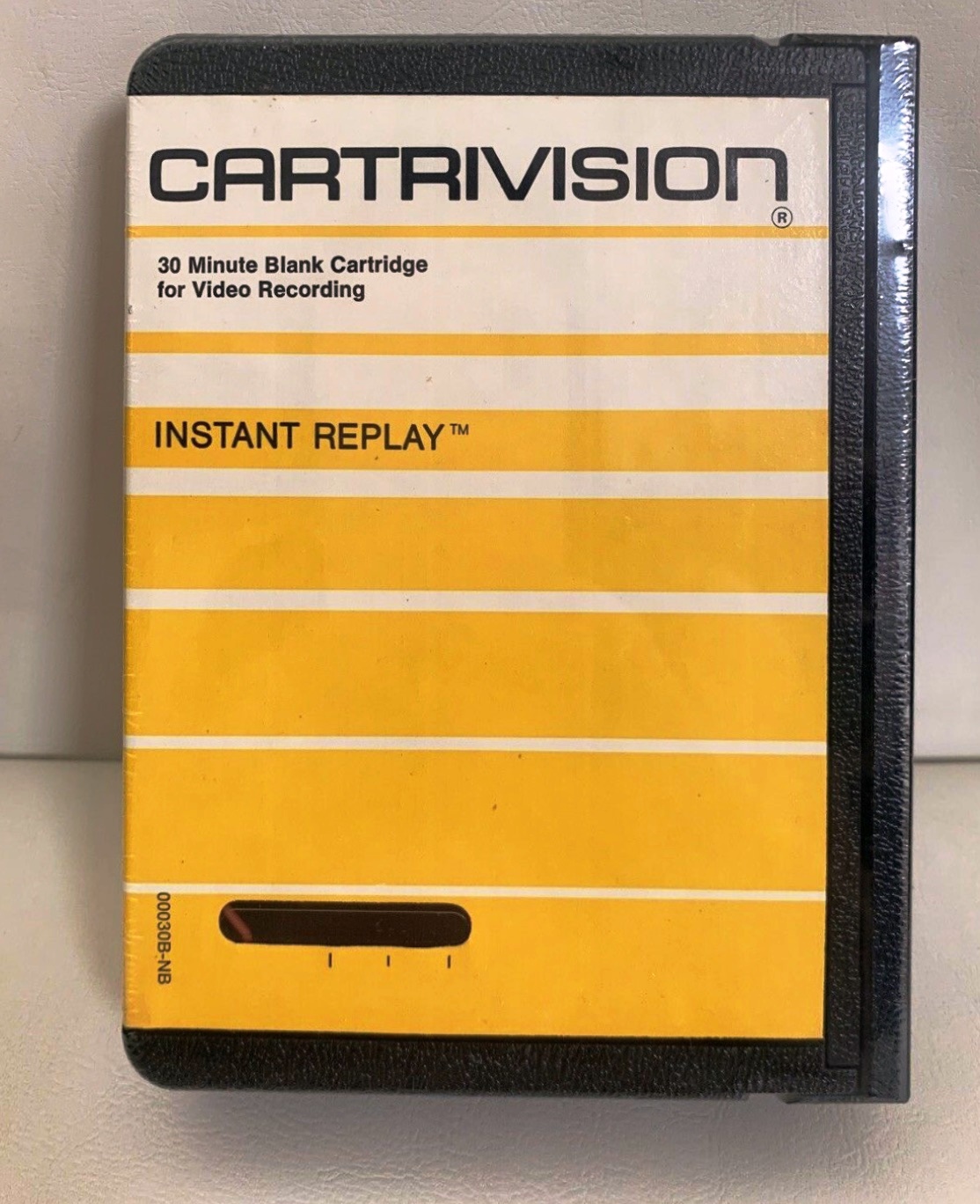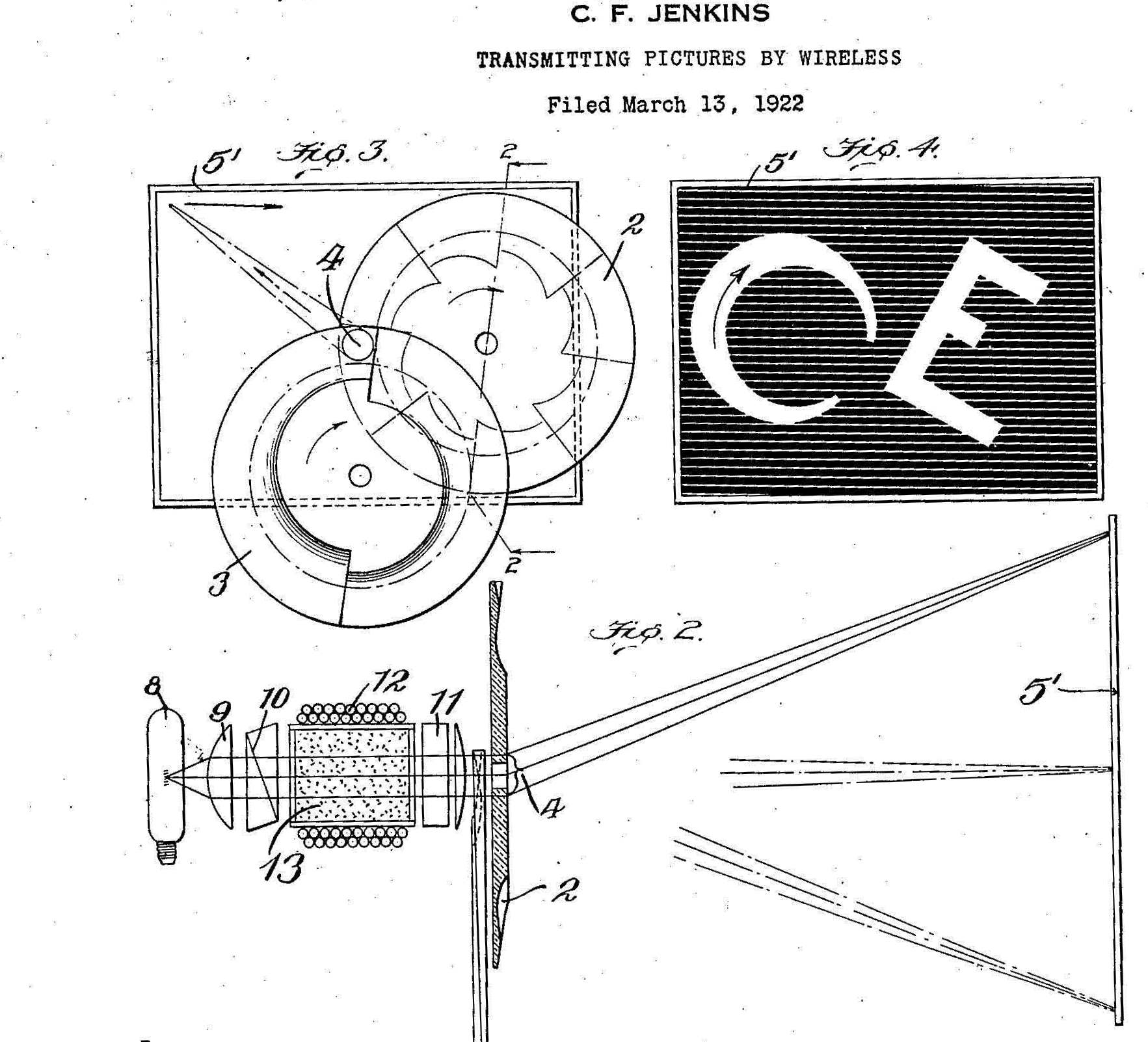Broadcasting: The Way We Were
In its first 100 years, there were numerous milestones made during the month of March

Editor's Note: In our continuing series on broadcasting history, James O'Neal takes a look back at technology milestones that occurred in March.
(Read: Looking Back at Broadcasting's First 100 Years)
In “looking back,” to March 100 years ago, the signs were now unmistakable that 1922 would go down as “the year that broadcasting began.” The U.S. radio regulatory body then, the Department of Commerce, was seeing a large uptick in broadcast license applications, and approving more and more of these. (The number of stations jumped from a relatively handful in 1921 to some 80 by 1922 Q1.) The public—still reeling from the effects of a world war, global pandemic and Prohibition—was seeking a diversion and found it in radio.

Hugo Gernsback, futurist and editor of possibly the first broadcasting trade publication, Radio News, commented in his March 1922 editorial that “The situation in radio for which every ardent well-wisher of the art has been longing seems to have arrived at last.”
This “rush” had begun as 1921 ended, and was expanding at a tremendous rate with apparently no upper bound.
As Gernsback observed: “The entire radio industry was caught unprepared…No one had foreseen such a thing, or thought such a condition could be possible.” He likened it to the “recent rush in the Texas oil fields, or the boom times in the motion picture industry....”
Television R&D was also beginning in earnest, with SMPTE (or then SMPE) founder, C.F. Jenkins, filing for his initial patent for wireless transmission of pictures using “prismatic rings” for scanning, or “analyzing,” an image.
Get the TV Tech Newsletter
The professional video industry's #1 source for news, trends and product and tech information. Sign up below.

(While Jenkin’s initial work was directed at transmission of still images, he would go on to broadcast “Radio Movies” from his Wheaton, Md. television station, W3XK, believed to the first such facility anywhere.)
OTHER MARCH HIGHLIGHTS IN BROADCAST HISTORY:
75 Years Ago, March 1947: The post-war television boom was taking shape with the FCC issuing 52 TV station CPs, with 16 more applications pending.
The big news, however, was the “thumbs down” given by the commission to CBS’s petition for adoption of its field sequential color TV system as a standard. The commission cited insufficient field testing, flicker and low brightness issues, as well as the 16 MHz-wide channels needed for transmission
J.R. Poppele, president of the Television Broadcasters Association, which opposed the color system, commented that the decision would have “far-reaching consequences” in speeding up public acceptance of television and its deployment.
Even as he made this prediction, Poppele’s prognostication was coming true with the Radio Manufacturers Association (which eventually morphed into today’s CTA) reporting manufacture of some 6,243 sets between January and February, a number nearly equal to total production for 1946.
50 Years Ago, March 1972: Shipments of “America’s first home video cartridge recorder-playback machines” began. These “Cartrivision” first-gen VCRs were color-capable and manufactured in Richmond, Ind.
RCA demonstrated an ultra-compact monochrome TV camera roughly the size of an electric razor, weighing less than a pound, and incorporating a solid-state “eye.” A spokesperson stated, however, that “considerable research” was necessary before it could be used for newsgathering.
25 Years Ago, March 1997: Microsoft heralded the upcoming release of its latest browser product, Internet Explorer 4, which was equipped with NetShow 2.0 upgraded multimedia streaming capability.
HP announced its first video server product, the MediaStream. This MPEG-2 disk device was designed to compete with Tektronix’s Profile and ASC’s Virtual Recorder. The basic model provided five hours of storage, was about the size of a Betacam SP deck and had a $65,000 price tag (about $113,000 in today’s money).
The FCC’s timeline for DTV implementation was reported in danger of slipping due to several factors, including operating power allowed UHF stations, time required for digital buildouts, and the future of LPTVs in a full-power digital world.
James E. O’Neal has more than 50 years of experience in the broadcast arena, serving for nearly 37 years as a television broadcast engineer and, following his retirement from that field in 2005, moving into journalism as technology editor for TV Technology for almost the next decade. He continues to provide content for this publication, as well as sister publication Radio World, and others. He authored the chapter on HF shortwave radio for the 11th Edition of the NAB Engineering Handbook, and serves as editor-in-chief of the IEEE’s Broadcast Technology publication, and as associate editor of the SMPTE Motion Imaging Journal. He is a SMPTE Life Fellow, and a Life Member of the IEEE and the SBE.

